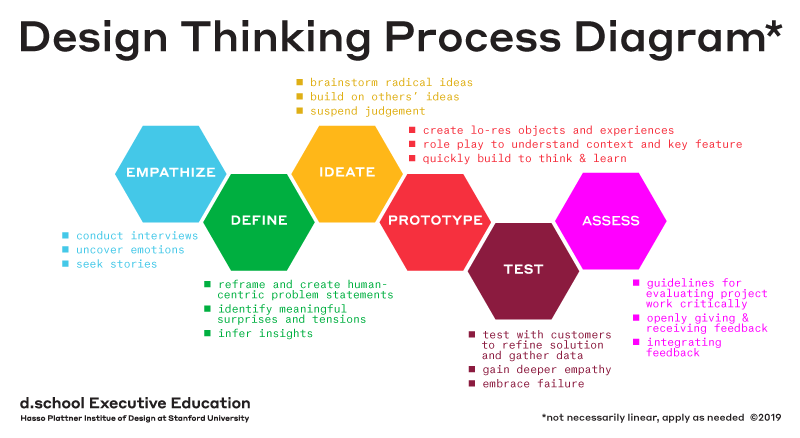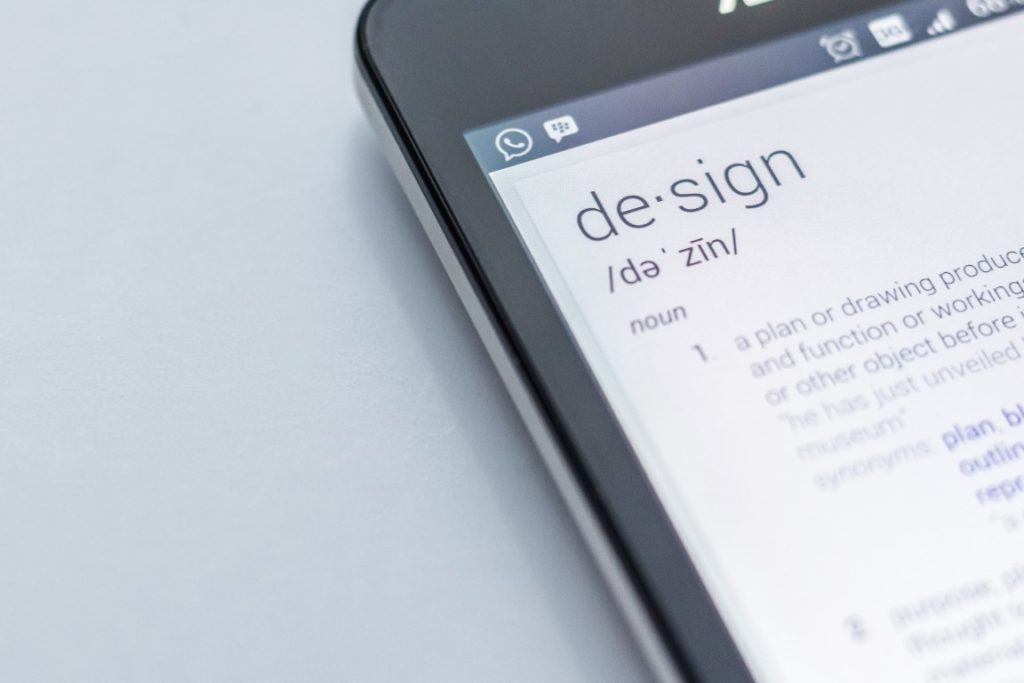Ideation scoping is the process of identifying and defining the parameters of a design thinking challenge. This process helps to ensure that the design thinking process is focused and aligned with the needs of the problem or opportunity at hand.
Define the challenge
The first step in ideation scoping is to clearly define the challenge or problem that needs to be addressed. This involves identifying the key stakeholders and understanding their needs and goals.
Once the challenge has been defined, the ideation scoping process involves defining the scope of the challenge.
This can be done by setting boundaries and constraints around the challenge. For example, if the challenge is to design a new product, the scope might be limited to a certain target market, price point, or set of features.
Defining the scope of the challenge helps to ensure that the design thinking process stays focused and doesn’t stray too far from the original problem.
Identifying potential solutions
Once the scope has been defined, the ideation scoping process can move on to identifying potential solutions. This involves brainstorming ideas and generating a range of possible solutions to the challenge.
It’s important to encourage creativity and exploration during this phase, while also keeping in mind the scope of the challenge and the needs of the stakeholders.
Evaluate and prioritise the ideas
After a range of potential solutions has been identified, the next step in the ideation scoping process is to evaluate and prioritize the ideas. This involves considering factors such as feasibility, impact, and alignment with the goals and needs of the stakeholders.
Ideas can be ranked or scored based on these factors, and the most promising ideas can be selected for further development.
Cons of ideation scoping
- Narrow focus: Defining the scope of a challenge can be helpful in keeping the design thinking process focused, but it can also limit creativity and exploration. If the scope is too narrow, it may be difficult to generate truly innovative solutions that push beyond the boundaries of the initial challenge.
- Limited stakeholder input: Ideation scoping often involves setting boundaries and constraints based on the needs of key stakeholders. However, if the scope is defined too narrowly, it may not take into account the perspectives and needs of other stakeholders who are not included in the initial scoping process.
- Missed opportunities: By setting boundaries and constraints too early in the process, ideation scoping can prevent the design thinking team from exploring new and unexpected opportunities that may arise during the process. This can limit the potential impact of the final solution.
- Rigidity: Once the scope has been defined, it can be difficult to change course or pivot if new information or insights emerge during the ideation process. This can lead to a rigid approach that is less responsive to changing needs and priorities.
- Lack of creativity: In some cases, ideation scoping can stifle creativity by focusing too heavily on the needs and constraints of stakeholders, rather than exploring more innovative and unconventional solutions. This can lead to solutions that are incremental rather than transformative.
Conclusion
Overall, ideation scoping can be a helpful tool in the design thinking process. But it’s important to balance the benefits of focus and alignment with the potential downsides of limiting creativity and missing opportunities.
By setting clear boundaries and constraints, brainstorming creative solutions, and evaluating and prioritising ideas, ideation scoping can help to ensure that the design thinking process is effective and leads to successful outcomes.


